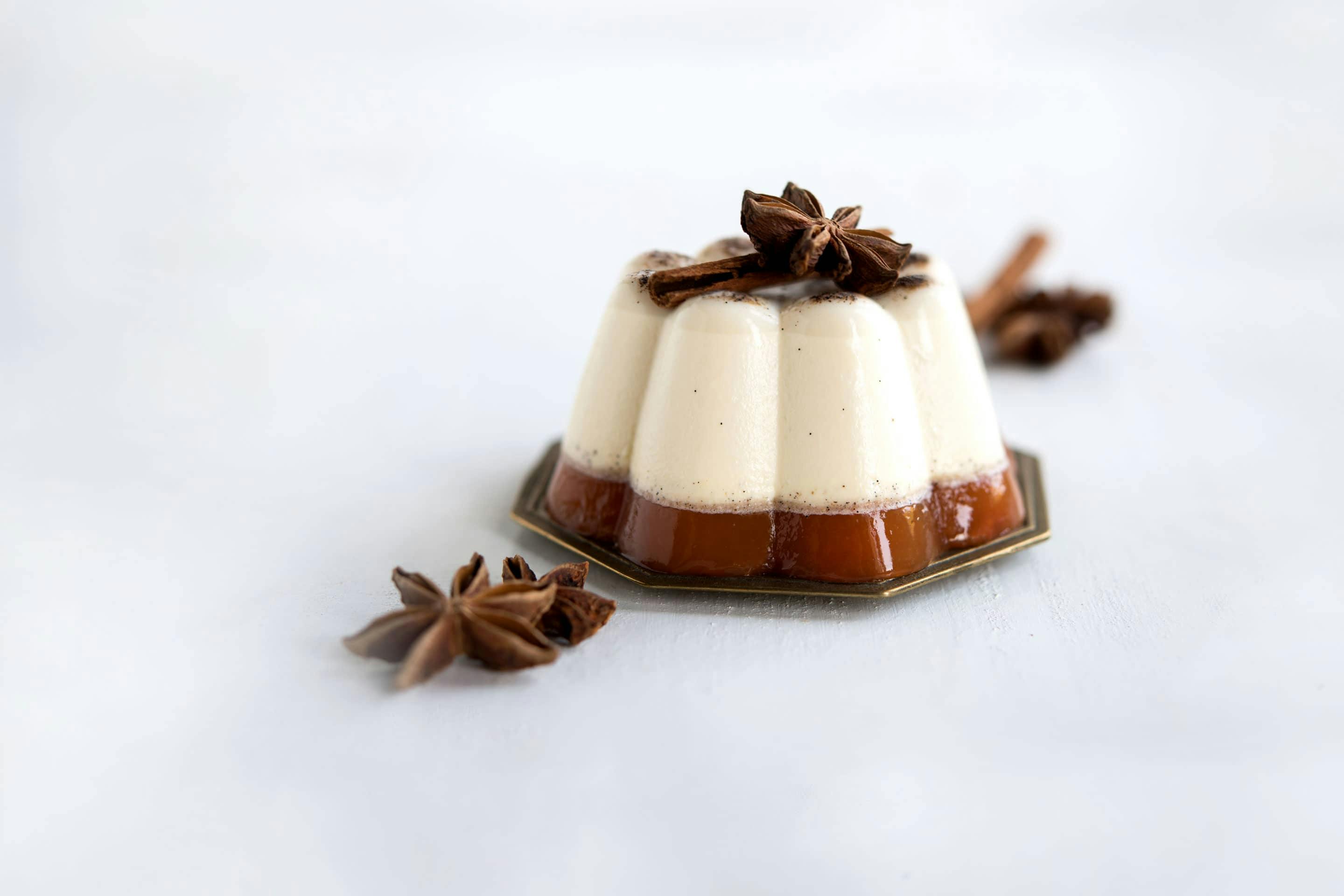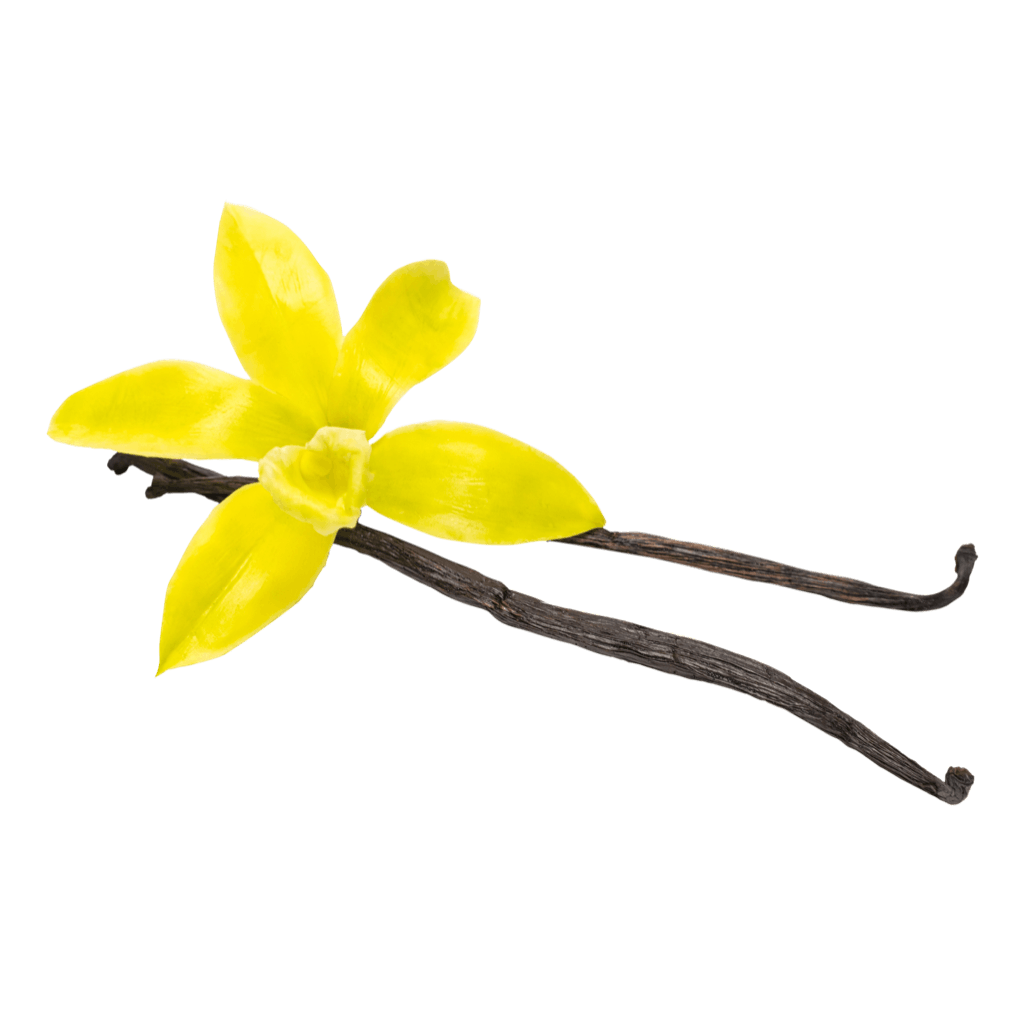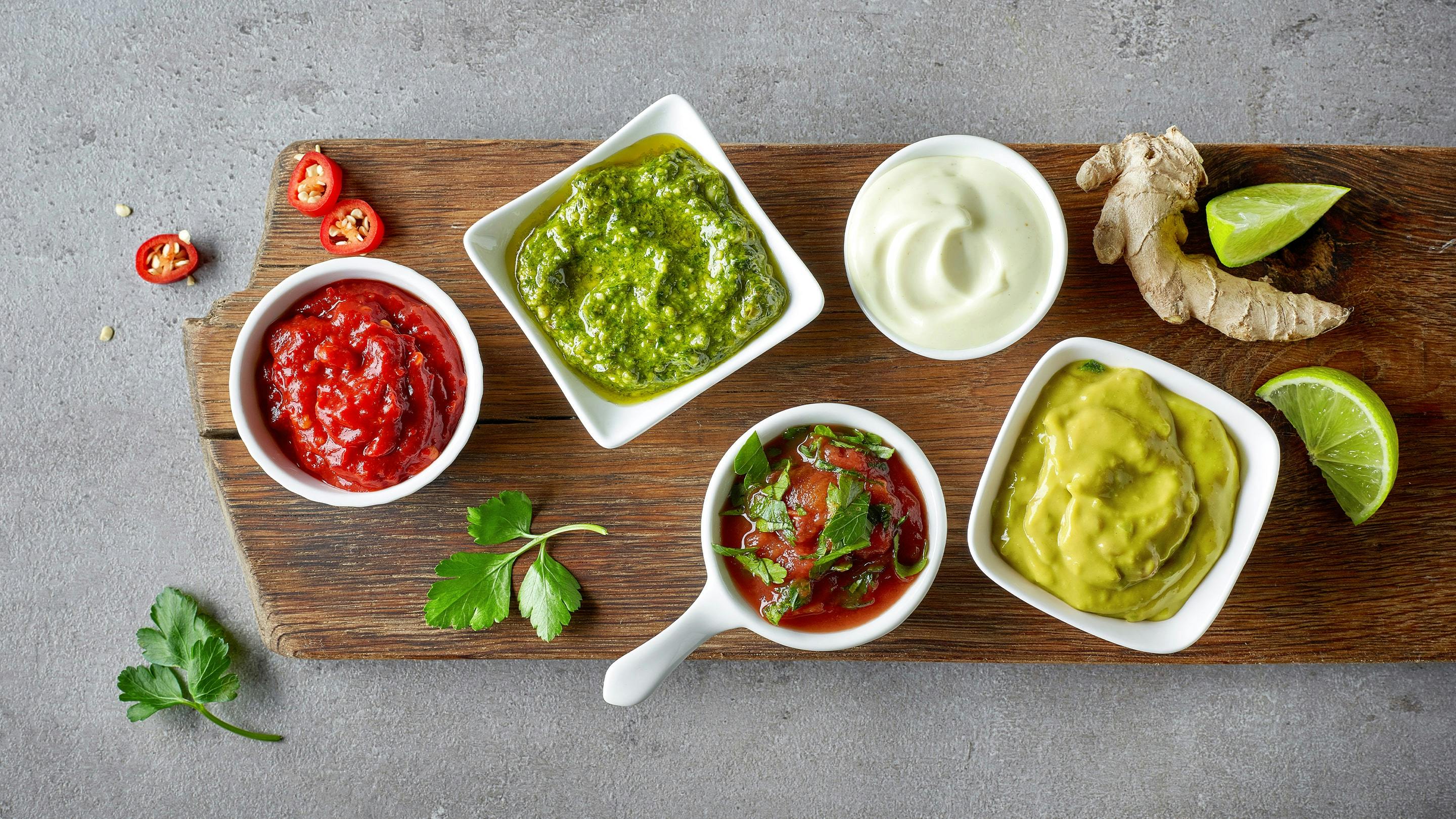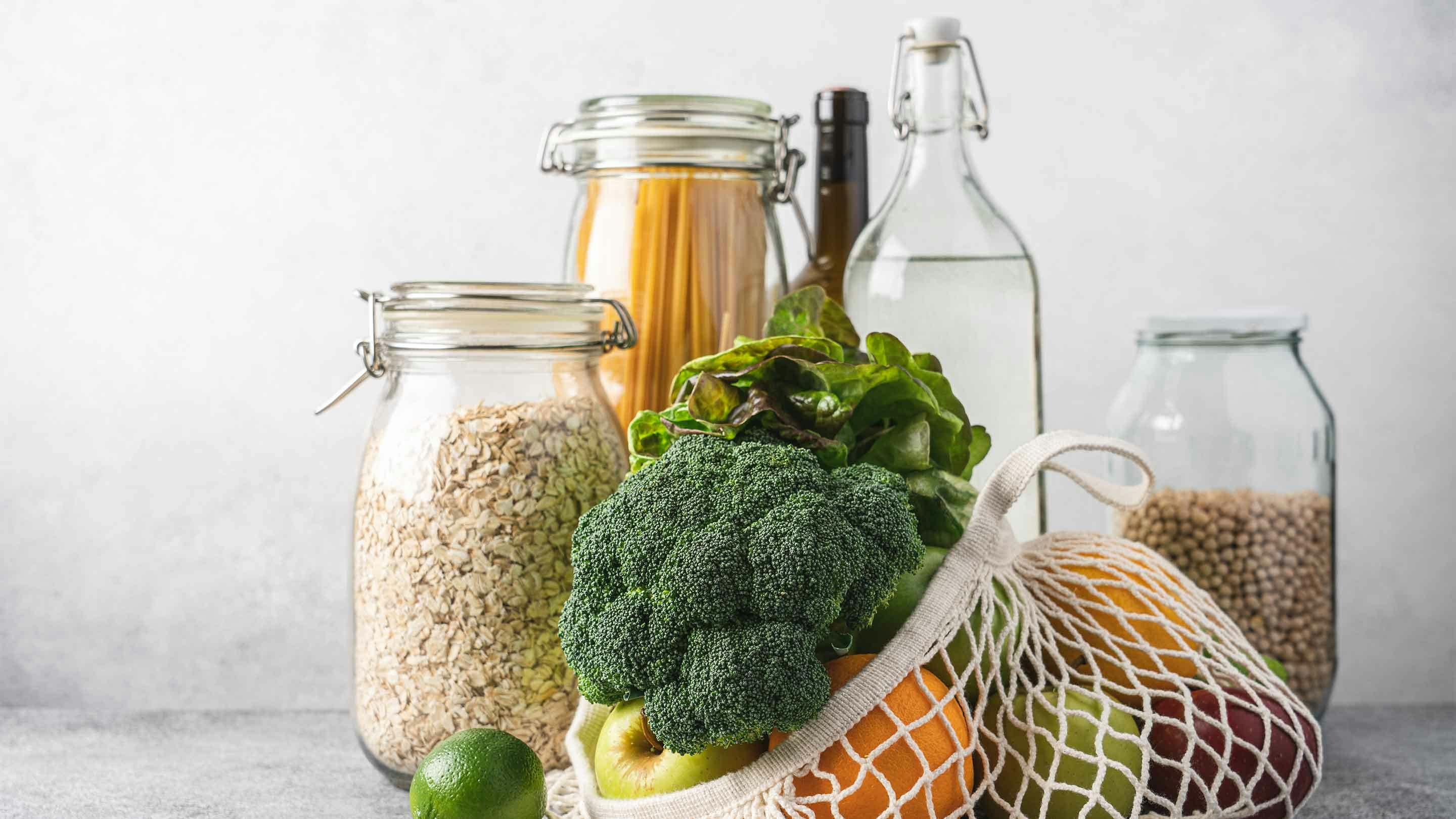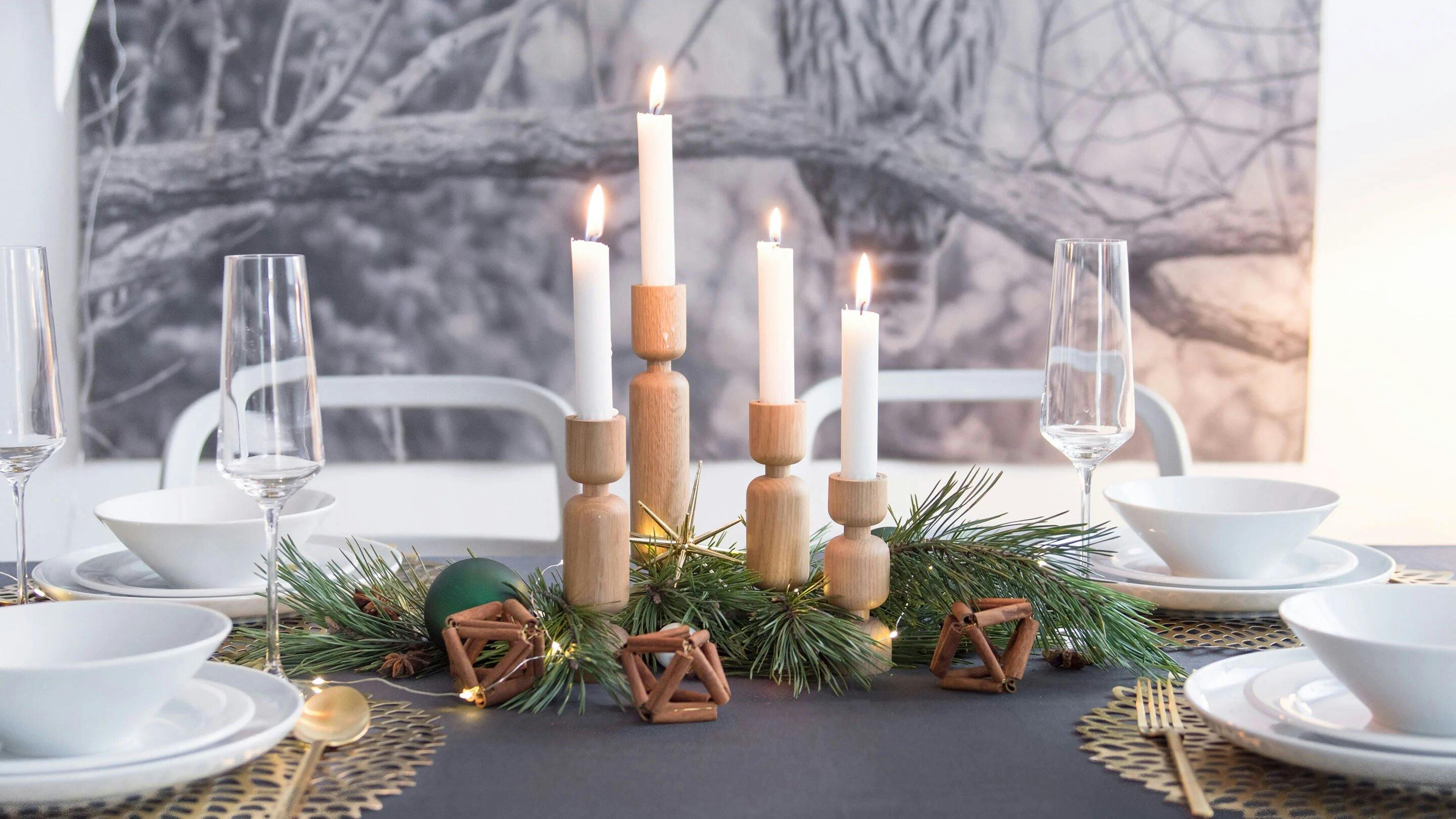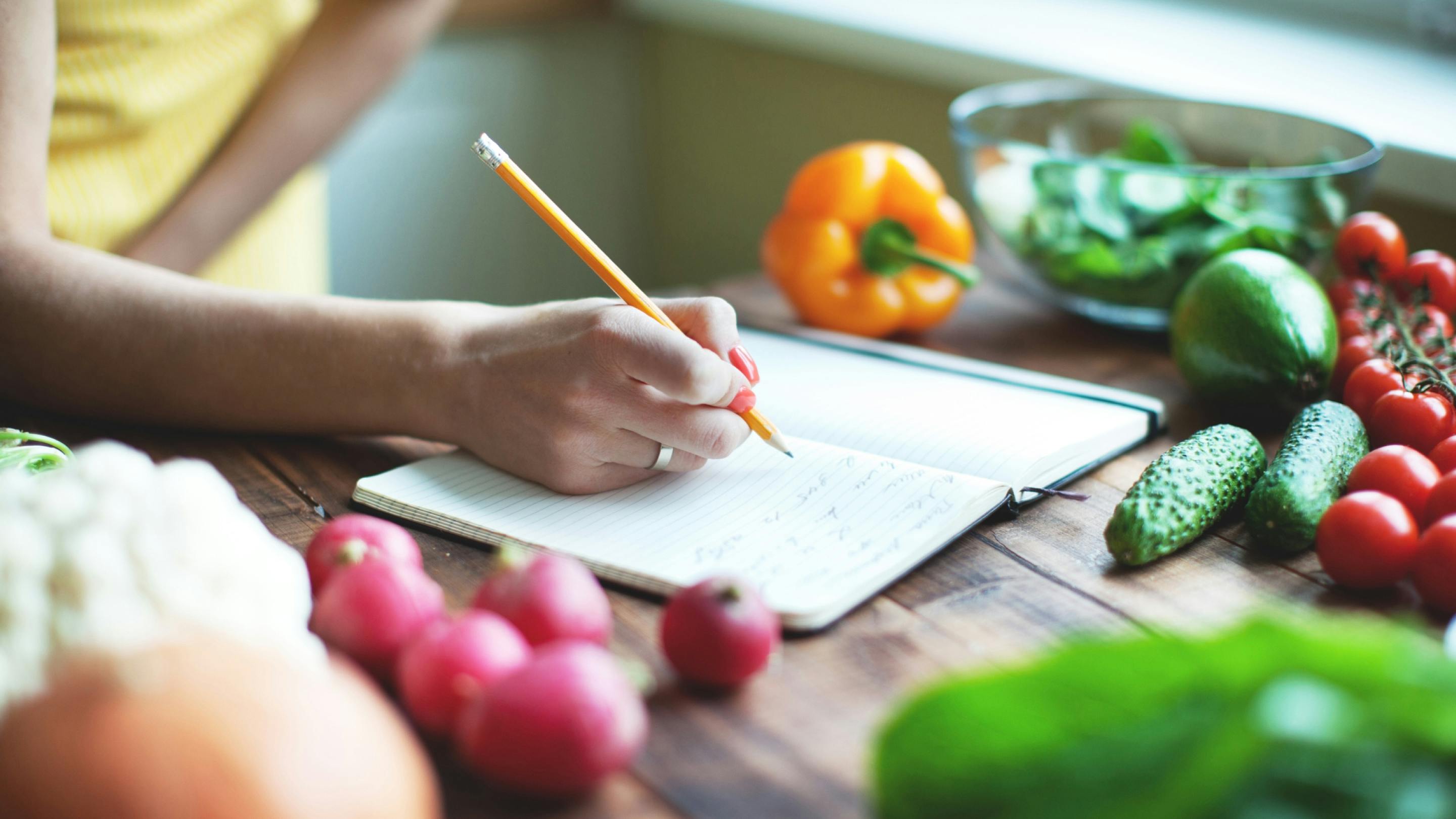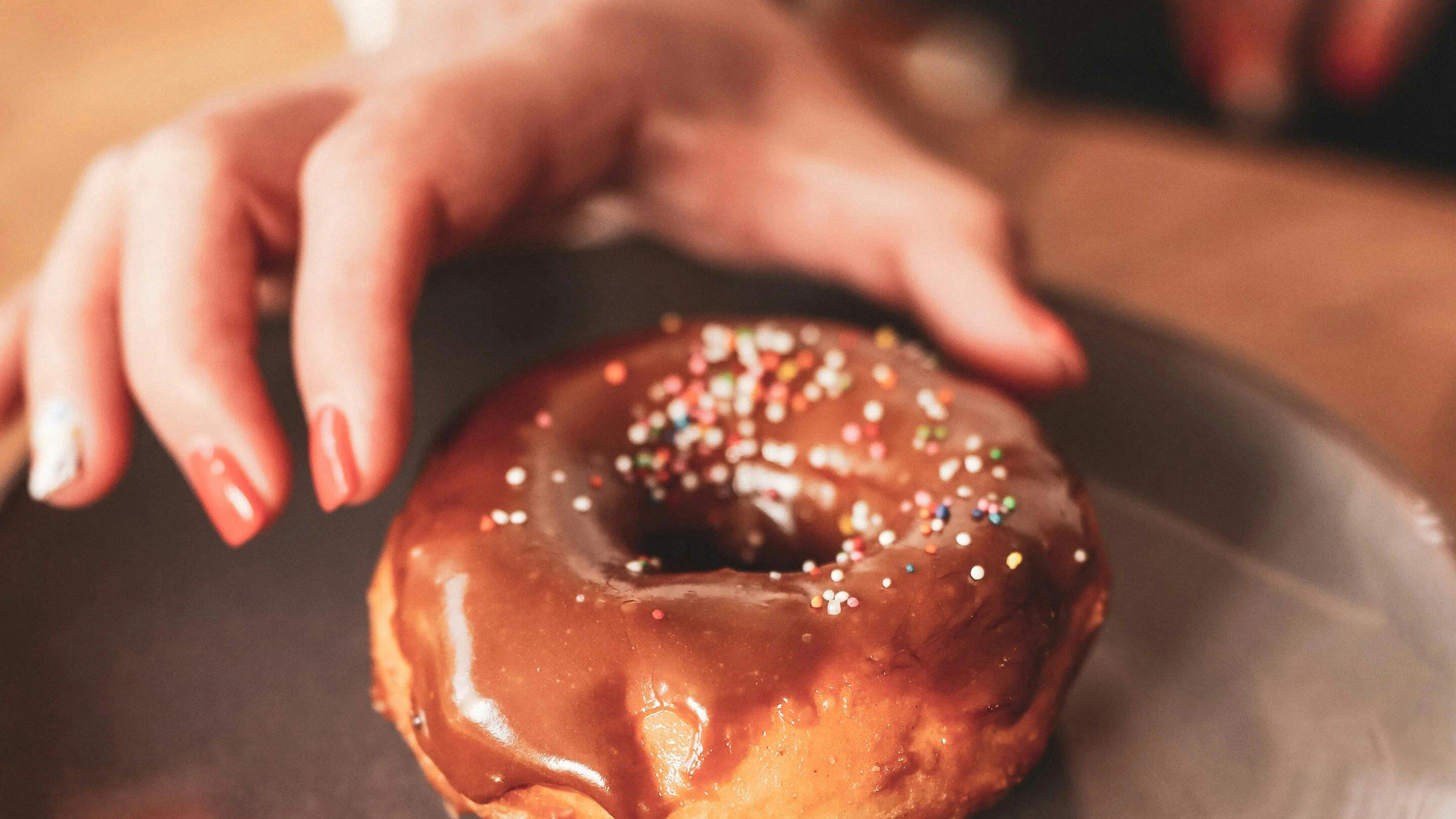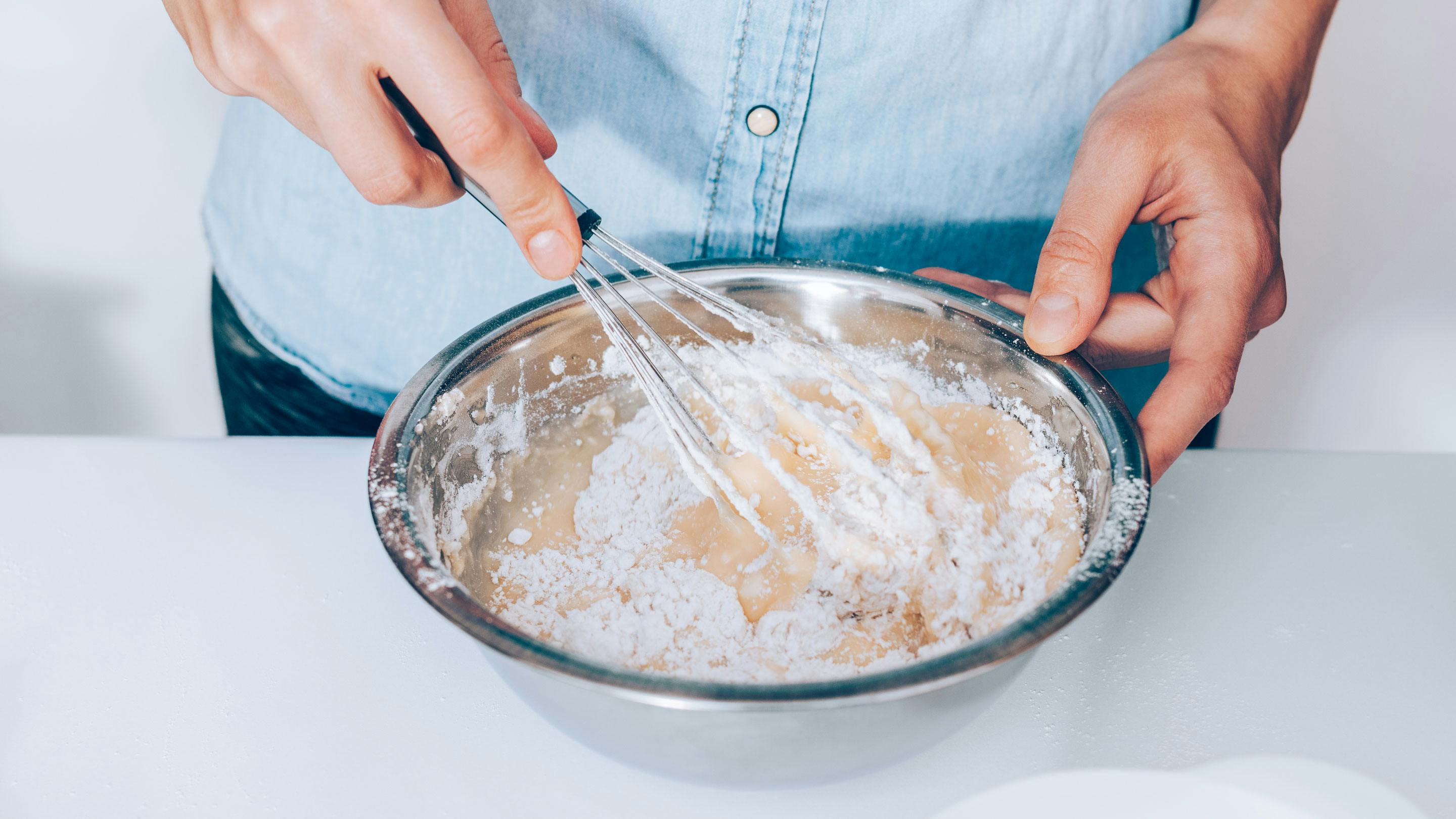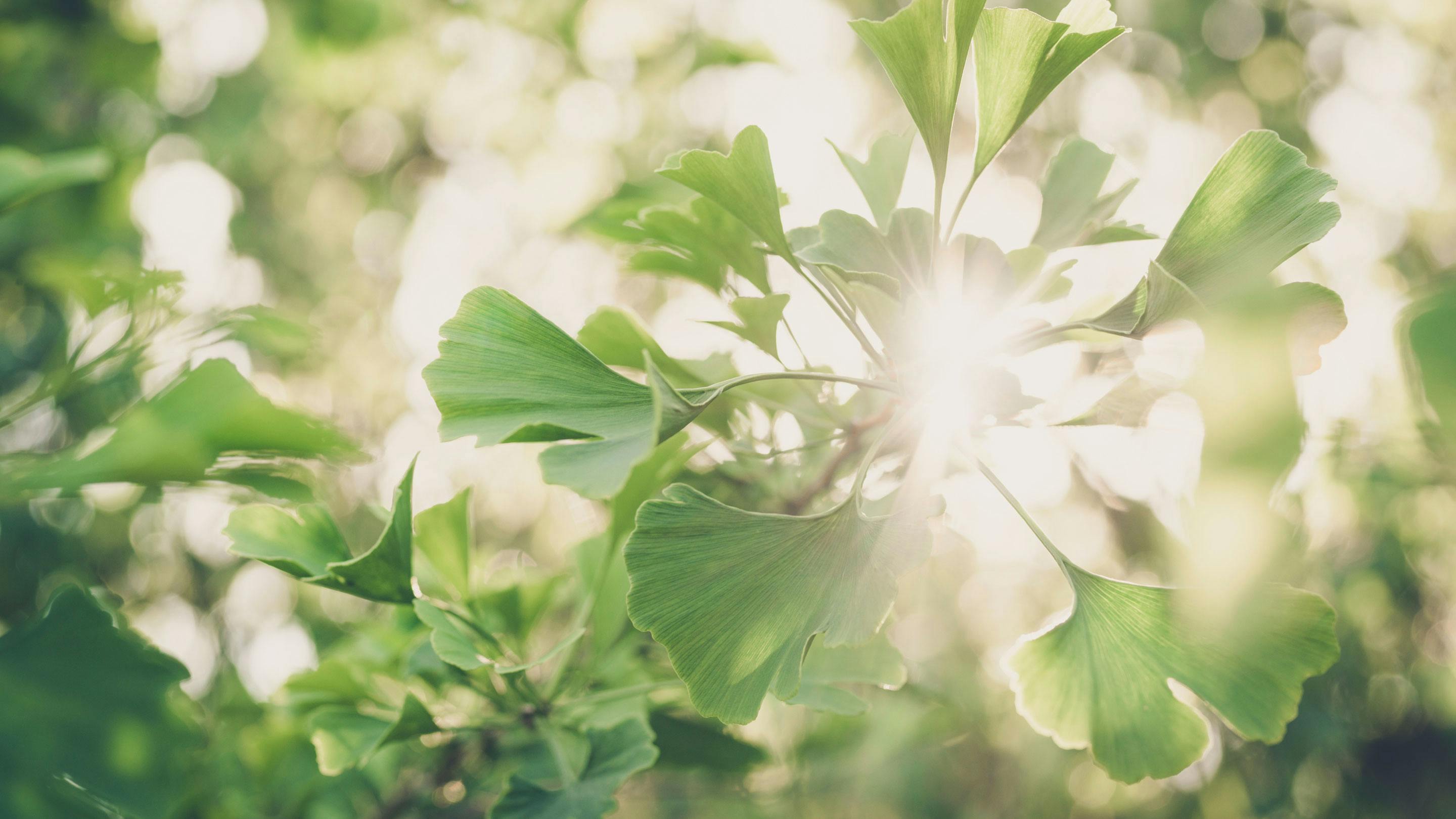No kitchen is complete without it - vanilla sugar, which adds flavour to cakes, desserts, and drinks. Discover with us how versatile vanilla sugar is, how you can make it yourself and what other secrets it harbours.
Vanilla has been enchanting people for thousands of years. The pods of the orchid plant were once revered like a shrine – and we still do today. That’s why vanilla has deservedly been named Kotányi’s Spice of the Year 2024. In this blog post, you can find out a lot about the colourful history of vanilla: how it grows, how it is processed and how it has found its way into almost every pantry. And if not as a pod, then definitely as the intense flavour of vanilla sugar. Just one teaspoon is enough to flavour a dough.
How the vanilla gets into the sugar
In principle, the production of vanilla sugar works in the same way on both a large and small scale. Our Kotányi Bourbon vanilla sugar, for example, starts with the vanilla pod. Every single delivery of pods is carefully checked at our Wolkersdorf plant before further processing can begin: The pulp of the vanilla pods is then mixed with icing sugar in powdered form. The mixture is then left to infuse for a while until the delicate vanilla flavour has soaked into the sugar.
Making your own vanilla sugar
You can do it similarly to how we do it. Scrape out the vanilla pulp, mix it with sugar of any kind (whether icing sugar, brown or white sugar, it doesn’t matter), leave the sugar to infuse and enjoy the wonderful flavour. However, the vanilla pod has so much oomph that you can also use the vanilla pulp for other things and just use the pod itself. The best choice is the intense bourbon vanilla. Take the scraped vanilla pod and mix it with around 200 grams of sugar in a glass. If you want to bring out even more flavour, you can also crush the vanilla pod and add it to the sugar. Seal the jar tightly and wait two weeks – and your homemade vanilla sugar is ready! If you want to give your vanilla sugar a very personal touch, you can add cardamom, nutmeg, or cinnamon.
But that’s not all: after the two weeks, you can take the vanilla pods out again and boil them in milk to make a soul-warming drink. Or you can soak the pods in oil and enjoy them for years. A few drops of vanilla oil add a unique vanilla flavour to desserts, cakes and biscuits. Vanilla oil is also known for its calming properties and is often used in aromatherapy.
Currently Viewing: 1 of 0
Many possible uses
Vanilla sugar is often used in classic baking and dessert recipes such as biscuits, cakes or puddings. But have you ever tried adding it to your morning coffee or tea? A touch of vanilla sugar in your cappuccino adds a sweet, exotic flavour. Or sprinkle some over freshly cut fruit for a very special flavour.
Durable and sustainable
If you make your own vanilla sugar and use the pod several times, you are clearly following the zero-waste principle. And that’s not all: you also save money because you don’t have to buy vanilla sugar that often. The shelf life of homemade vanilla sugar is also impressive. It lasts almost forever if you always close the jar tightly. If the vanilla flavour starts to fade, simply add half a pod again.
Vanilla sugar vs. vanillin sugar
There is a significant difference between vanilla sugar and vanillin sugar that many people don’t realise. Vanilla sugar contains real vanilla pulp from the vanilla pod and therefore has an intense, spicy flavour. Vanillin sugar, on the other hand, is made with vanillin – the main flavouring agent in vanilla, which is produced either from natural sources or synthetically. It offers a practical and cheaper alternative.
Currently Viewing: 1 of 0
Spice up the web! Share this article on...
Read more
Currently Viewing: 1 of





